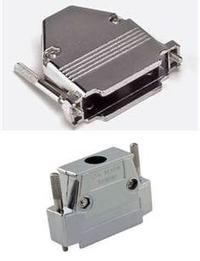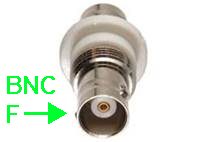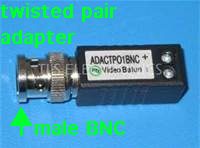Follow along with the video below to see how to install our site as a web app on your home screen.
Note: This feature may not be available in some browsers.


The picture shows how to do one hookup. (It does not necessarily show the correct pins to solder to.)
The pins of the D-sub 25 are numbered. You must determine which pins need to be connected to the BNC plug.
You will connect a ground wire and one other (analog) wire to the BNC plug.
There is a difference between analog ground (pin 1) and signal ground (pin 7).
Pin 7 is normally for computer (digital) communication.
I believe you will use pin 1 as ground for your BNC plug(s).
If the wires need to be long, then it may be a good idea to use shielded cables.
If you need to connect multiple wires to the analog ground (pin 1), it can get unwieldy. Try not to heat it more times than you have to. Consider soldering a length of wire to it, and solder other wires to that. Tape it all up to prevent short circuits.
To keep the wiring protected, the D-sub comes with a housing which you attach. Examples are in the photo:



